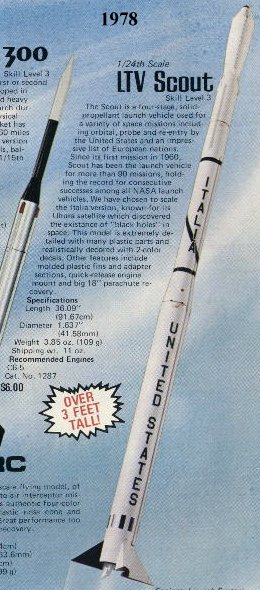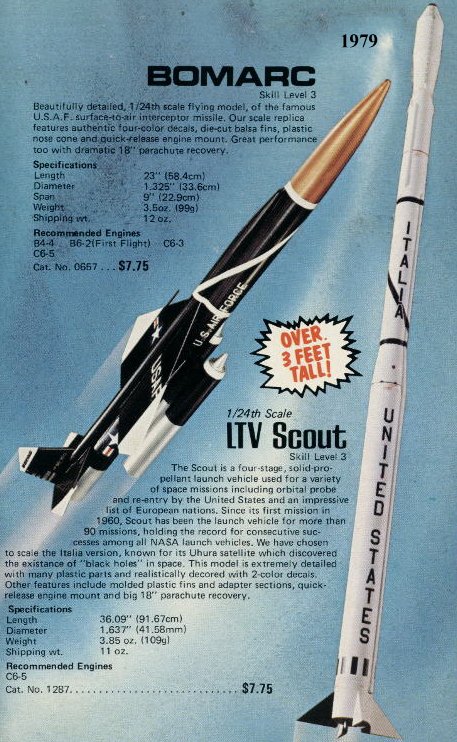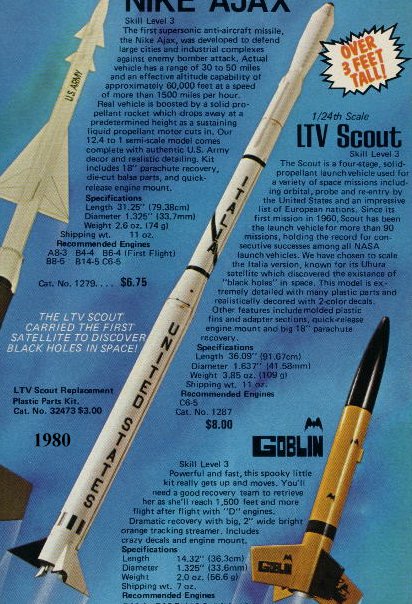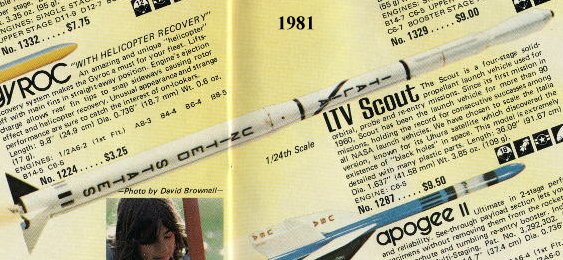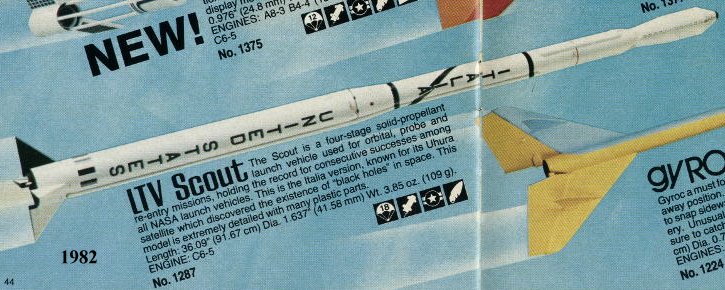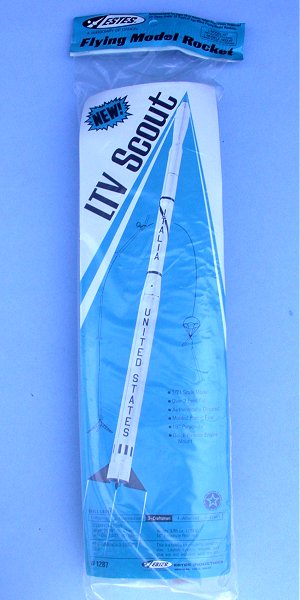
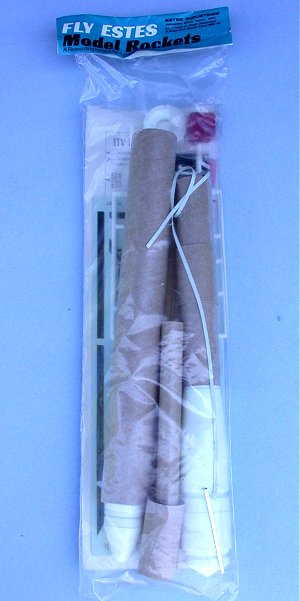
LTV Scout
Kit# 1287
Version 3 Blue Skill Level Hang Tag
Version 2 Blue Skill Level Facecard with "New" Emblem


Designer: Unknown
Production Years: 1977-1982
Retail Pricing Range: $6.00-$9.50
Rarity: Moderately Common
Description: The Estes LTV Scout kit is packaged with Version 2 skill level facecard and a Version 3 skill level hang tag. The blue color designates a skill level 3 kit. Facecard is blue and white color with overlaid in flight LTV Scout rocket in white and black colors. The blue color background of the Version 2 facecard also illustrates the rocket flight sequence from launch through recovery. The kit name is shown with black outlined letters. The lower section of facecard provides kit number, skill level designation as intermediate, kit specifications and engine recommendations.
Since the LTV Scout was sold from 1977 through 1982, I would expect to find kits with black paper hang tag as is typical for post 1980 kits but none seen to date.
The LTV Scout is a 1/24 scale model of a four stage solid propellant launch vehicle utilized by US and European for orbital type research. Estes choose to scale the Italien version of the LTV Scout and provides a kit with well detailed plastic parts and realistic color decals.
Checking Wikipedia for additional LTV Scout information resulted in the following summary and launch image;
The Scout family of rockets were launch vehicles designed to place small satellites into orbit around the Earth. The Scout multistage rocket was the first (and for a long time, the only) orbital launch vehicle to be entirely composed of solid fuel stages.
The original Scout (an acronym for Solid Controlled Orbital Utility Test system) was designed in 1957 at the NACA Langley center. Scouts were used from 1961 until 1994. To enhance reliability the development team opted to use "off the shelf" hardware, originally produced for military programs. According to the NASA fact sheet:
... the first stage motor was a combination of the Jupiter Senior and the Navy Polaris; the second stage came from the Army MGM-29 Sergeant; and the third and fourth stage motors were designed by Langley engineers who adapted a version of the Navy Vanguard.[1]
The first successful orbital launch of a Scout, on February 16, 1961, delivered Explorer 9, a 7-kg satellite used for atmospheric density studies, into orbit.[2] The final launch of a Scout, using a Scout G-1, was on May 9, 1994. The payload was the Miniature Sensor Technology Integration 2 (MSTI-2) military spacecraft with a mass of 163 kg, which remained in orbit until 1998.[3]
The standard Scout launch vehicle was a solid propellant, four-stage booster system, approximately 75 feet (23 m) in length with a launch weight of 47,398 pounds (21,500 kilograms.)[4]
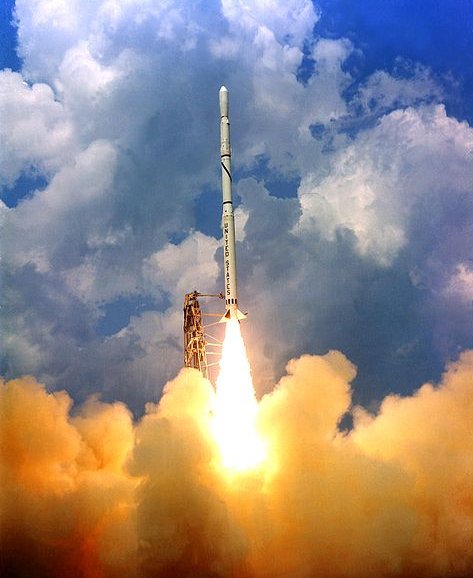
Kit Contents: The 1287 kit contains four body tube, one balsa nose block, plastic nose cone, two molded plastic transition sections, a plastic fin can, 18mm engine mount and tube stuffer system, an 18" parachute, launch lug, decal sheet, clay weight and instructions.
Availability: For kit collectors, the LTV Scout is regularly available on eBay and one should be able to locate a nice example within several months of searching. I believe the large number of remaining kits is due to the challenging nature of the LTV Scout build even though only rated as skill level 3. Having all body tubes and couplers align together vertically will be difficult and takes extra attention during kit building. In addition, having only a C6-5 engine option does limit altitude for a nearly 4 ounce rocket. As a result, the LTV Scout would not be considered as a sport flyer.
Additional information can be found at the following links;
JimZ Kit Plan Link: Estes 1287
RocketReviews: Jay Roberts' Review
Specifications: Length 36.1", Weight 3.85 oz, Diameter 1.637"
Recommended 18mm Engine: C6-5
Estes Catalog Artwork

